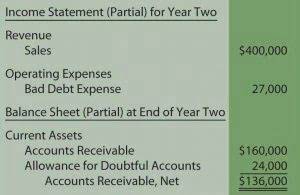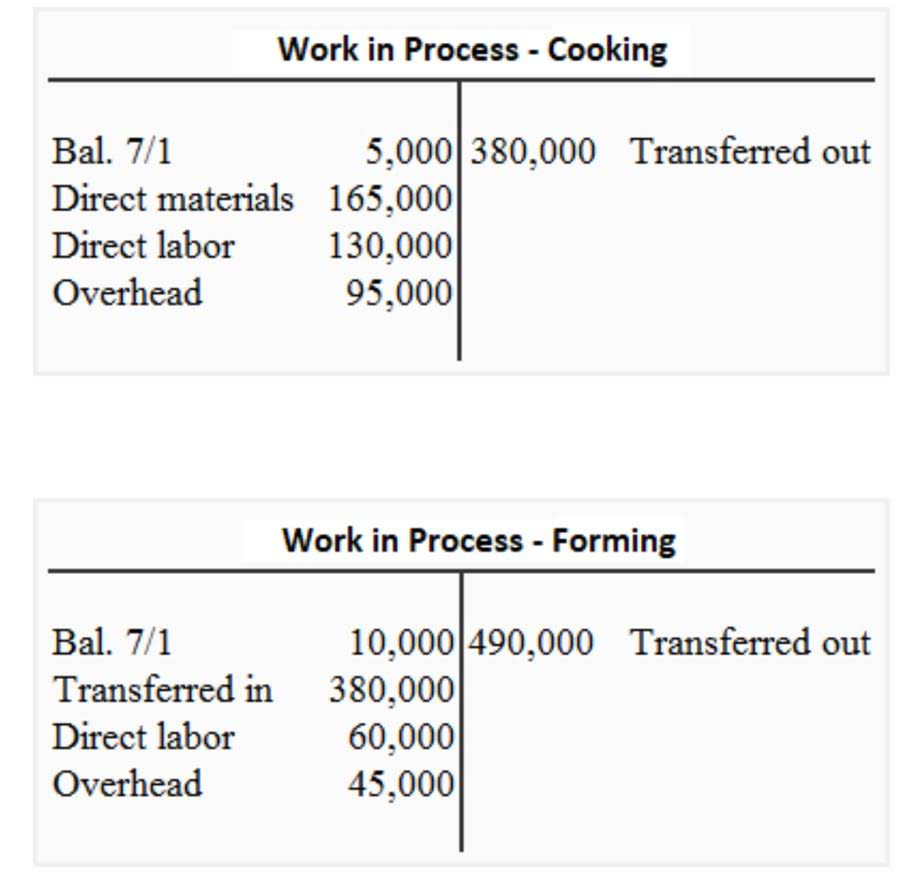
A contra revenue account that reports the discounts allowed by the seller if the customer pays the amount owed within a specified time period. For example, terms of “1/10, n/30” indicates that the buyer can deduct 1% of the amount owed if the customer pays the amount owed within 10 days. As a contra revenue account, sales discount will have a debit balance and is subtracted from sales (along with sales returns and allowances) to arrive at net sales.

What are the four closing entries in order?
- Accountants perform closing entries to return the revenue, expense, and drawing temporary account balances to zero in preparation for the new accounting period.
- In a partnership, a drawing account is maintained for each partner.
- Since revenue accounts are natural credit accounts, in order to close a revenue account at the end of a financial year, a debit entry needs to be created with the balance of the revenue accounts.
- Likewise, if a temporary account has a credit balance, it is debited to bring it to zero and the retained earnings account is credited.
- The first is to close all of the temporary accounts in order to start with zero balances for the next year.
- To close the income summary account, the balance in the account needs to be transferred to a capital account (generally the retained earnings).
The income summary is a temporary account where all the temporary accounts, such as revenues and expenses, are recorded. If the rented space was used to manufacture goods, the rent would be part of the cost of the products produced. Generally, expenses are debited to a specific expense account and the normal balance of an expense account is a debit balance. By having many revenue accounts and a huge number of expense accounts, a company will be able to report detailed information on revenues and expenses throughout the year.
Closing Journal Entries Process
The Income Summary will be closed with a debit for that amount and a credit to Retained Earnings or the owner’s capital account. Dividends are close to the income summary and retained earnings. Therefore, https://www.instagram.com/bookstime_inc the retained earnings account shows the earnings that are kept, net income fewer dividends in the business.
Example of an Income Summary Account

Notice that the balance of the Income Summary account is actually the net income for the period. Remember that net income is equal to all income minus all expenses. Accounts Receivable is an asset account and is increased with a debit; Service Revenues is is income summary a temporary account increased with a credit. An accounting year-end which is not the calendar year end is sometimes referred to as a fiscal year end. Kristin is a Certified Public Accountant with 15 years of experience working with small business owners in all aspects of business building.
Determine net profit or net loss
You might have heard people call this “closing the books.” Temporary accounts like income and expenses accounts keep track of transactions for a specific period and get closed or reset at the end of the period. This way each accounting period starts with a zero balance in all the temporary accounts, so revenues and expenses are only recorded for current years. It is permanent because it is not closed at the end of each accounting period. At the start of the new accounting period, the closing balance from the previous accounting period is brought forward and becomes the new opening balance on the account.
Clear the balance of the expense accounts by debiting income summary and crediting the corresponding expenses. The net income (NI) is moved into retained earnings on the balance sheet as part of the closing entry process. The assumption is that all income from the company in one year is held for future use. One such expense that’s determined at the end of the year is dividends. The last closing entry reduces the amount retained by the amount paid out to investors. Once everything is in the account, businesses can easily determine if they made a profit or a loss.

A closing entry is a journal entry made at the end of an accounting period. It involves shifting data from temporary accounts on the income statement to permanent accounts on the balance sheet. These accounts must be closed at the end of the accounting year. An income summary account is a temporary account used at the end of an accounting period to collect all revenue and expense account balances. Once the revenues and expenses are transferred to the income summary account, the resulting net balance, whether a profit or a loss, is then moved to the retained earnings account. The income summary account is a temporary account into which all income statement revenue and expense accounts are transferred at the end of an accounting period.
Temporary Accounts in Accounting: What are They? (Examples)
In a partnership, a drawing account is maintained for each partner. All drawing accounts are closed to the respective capital accounts at the end of the accounting period. Permanent accounts are accounts that show the long-standing financial position of a company. These accounts carry forward their balances throughout multiple accounting periods.
- The other side of the entry (debit) goes to the income summary account.
- The balance in Retained Earnings agrees to the Statement of Retained Earnings and all of the temporary accounts have zero balances.
- Let us understand how to calculate the income of a company or an individual through the discussion below.
- Although it is not an income statement account, the dividend account is also a temporary account and needs a closing journal entry to zero the balance for the next accounting period.
- After Paul’s Guitar Shop prepares its closing entries, the income summary account has a balance equal to its net income for the year.
If the customer purchased on credit, a sales allowance will involve a debit to Sales Allowances and a credit to Accounts Receivable. Double Entry Bookkeeping is here to provide you with free online information to help you learn and understand bookkeeping and introductory accounting. Retained earnings are those earnings not distributed to shareholders as https://www.bookstime.com/ dividends, but retained for further investment, often in advertising, sales, production, and equipment.
